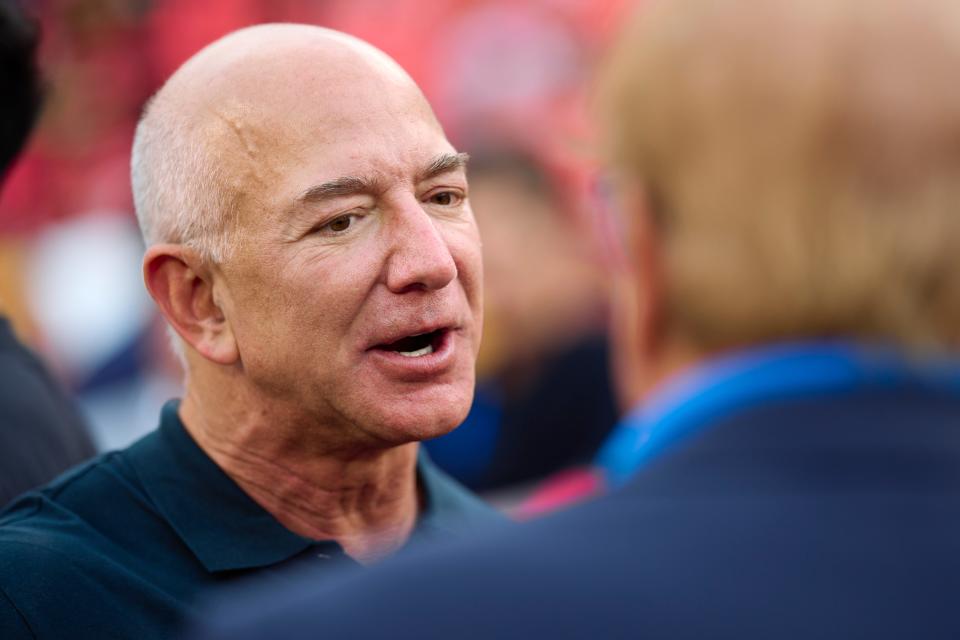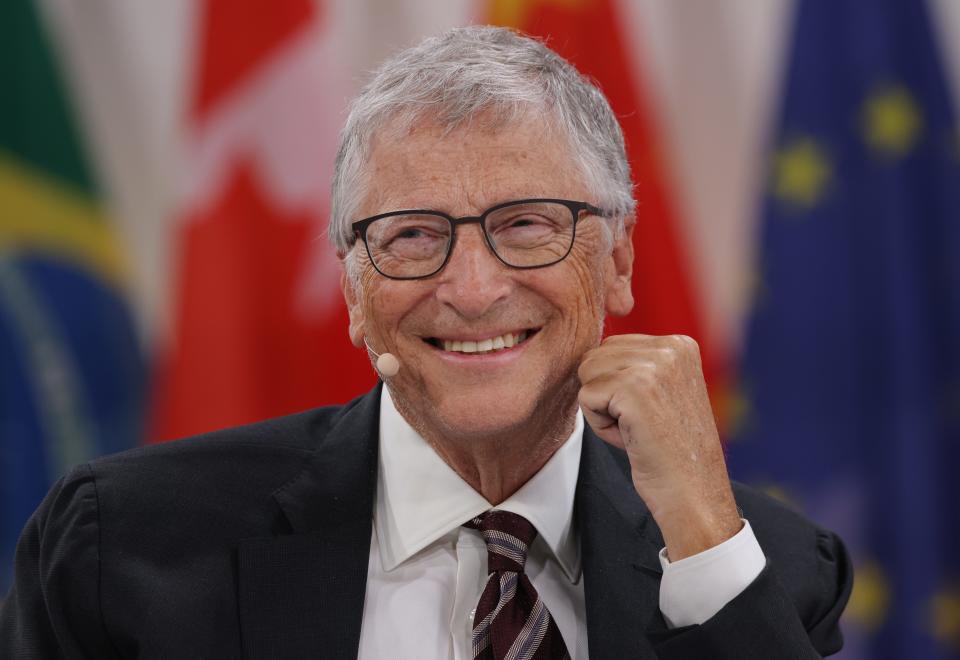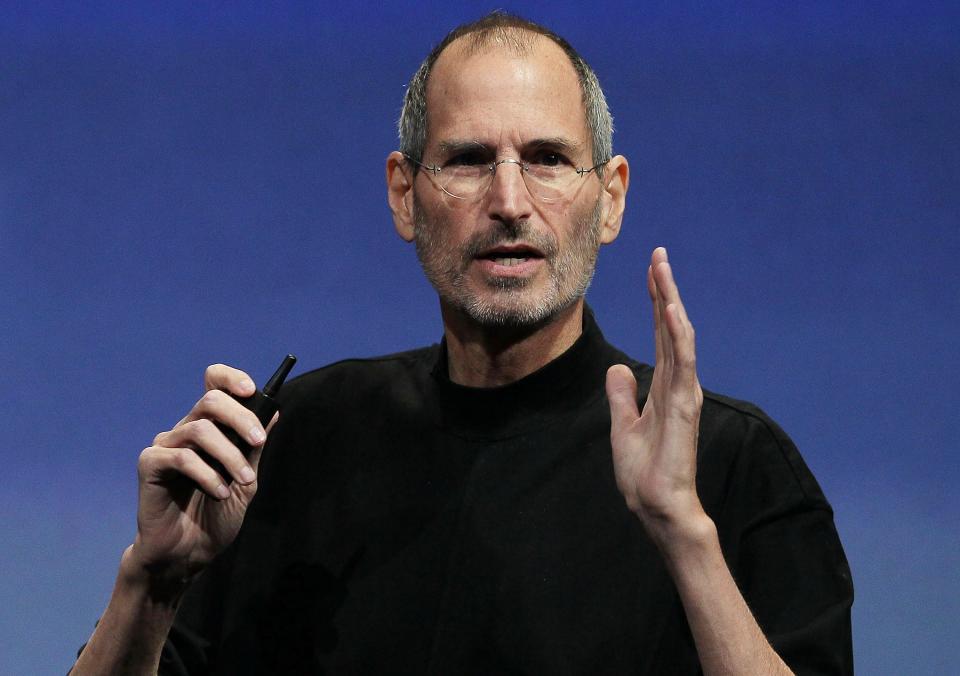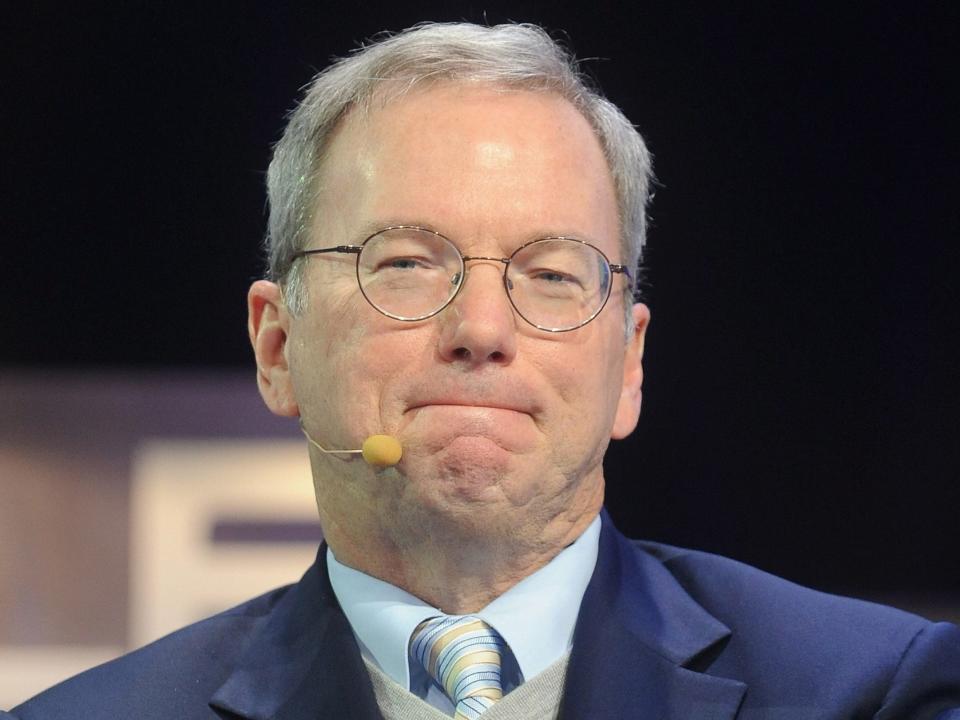How to run an efficient meeting, according to tech billionaires who took them very seriously

These tech billionaires ran meetings to avoid wasting time, groupthink, and compromise.
Their different techniques mostly focus on brevity and decision-making.
Jeff Bezos would get employees to respond to memos, and Bill Gates would grill people for details.
Billionaires are known to be ruthless with their time.
But even people running the world's biggest tech companies have to endure meetings, which have a bad reputation for wasting time and money. Mark Cuban even said they were a "last resort."
The rest of us have to do our best to use them to generate ideas, investigate details, and focus on a single issue.
These are some of the tips household names in business have had for stopping unproductive meetings.
Jeff Bezos began his with 30 minutes of silent study

Meetings with Amazon cofounder Jeff Bezos started with employees studying a memo.
One employee might spend two weeks pulling together a six-page memo for a specific meeting.
After 30 minutes of silent reading, attendees were invited to ask questions and start a discussion about the memo. "I like a crisp document and a messy meeting," Bezos said in a conversation with podcaster Lex Fridman in December.
Allowing attendees time to read a memo and prepare their thoughts enables employees to ask more productive questions in the meeting, he said.
Bezos said he didn't like slideshow presentations, which can hide "sloppy thinking" in bullet points.
He also maintained a "two-pizza" rule: If two pizzas can't feed everyone in the room, there are too many people.
Bill Gates dug for answers

Microsoft founder Bill Gates would use meetings to quiz attendees, said Chris Williams, the former VP of HR at Microsoft, who worked closely with Gates for eight years.
Williams said he'd never forget his first meeting with Gates in 1992. Microsoft had just bought the company Williams worked at. Gates wanted to meet its employees to find out why one of its products ran faster than Microsoft's equivalent.
He grilled a developer with "rapid fire" and "detailed" questions, Williams recalled. By the end, the pair were discussing "the movement of single bits and the size of the Intel 80386 instruction cache," he added.
Gates "was always curious, always wanted to understand, always drilling for more detail," Williams wrote for BI in 2023.
"As he got older, his passion for detail never left, just his method for getting there mellowed," Williams added.
Steve Jobs ensured only key staff were in the room

Steve Jobs was meticulous about keeping meetings small, according to Ken Segall, who worked closely with Jobs as creative director of Apple's ad agency.
After Jobs died in 2011, Segall wrote a book about Apple's work culture, "Insanely Simple." In it, he described how Jobs once noticed someone new had joined a weekly meeting.
"He stopped cold," Segall wrote. "His eyes locked on to the one thing in the room that didn't look right. Pointing to Lorrie, he said, 'Who are you?'"
After she explained who she was and that she was working on related marketing projects, Jobs said, "I don't think we need you in this meeting, Lorrie. Thanks," Segall recalled.
Eric Schmidt made sure meetings had a hierarchy

Former Google CEO Eric Schmidt said meetings need leaders to make decisions.
In "How Google Works," the 2014 book Schmidt wrote with former SVP of products Jonathan Rosenberg, the pair said each meeting needed a designated "decision-maker" to have the final say.
They wrote that when companies have meetings where everyone present is equal, there's a risk of compromising instead of finding a clear resolution.
Schmidt and Rosenberg added that this person should set the purpose and structure of the meeting and summarize decisions and tasks for participants afterward.
Read the original article on Business Insider


